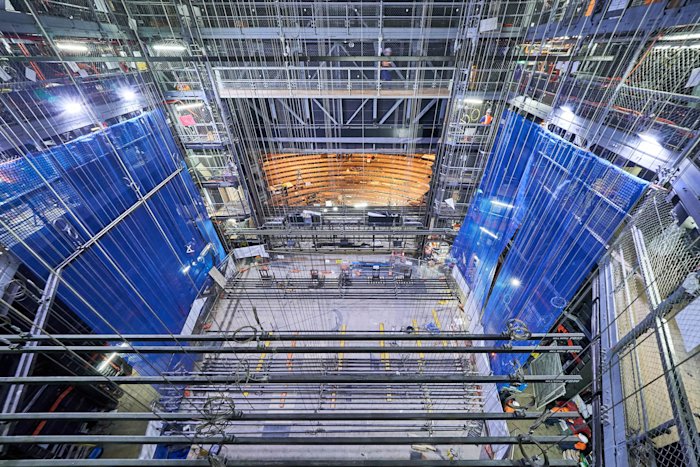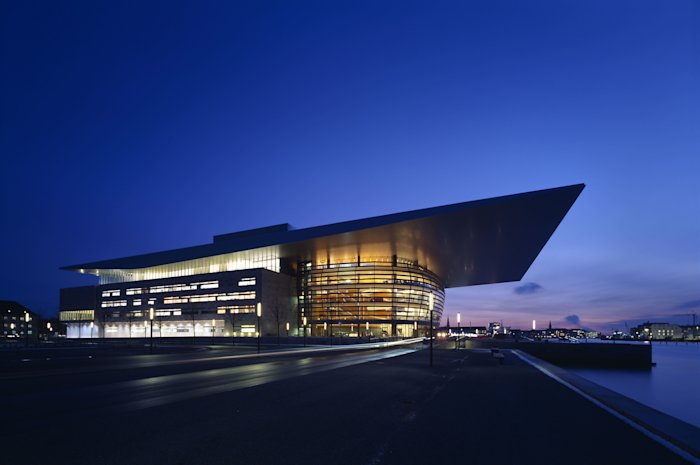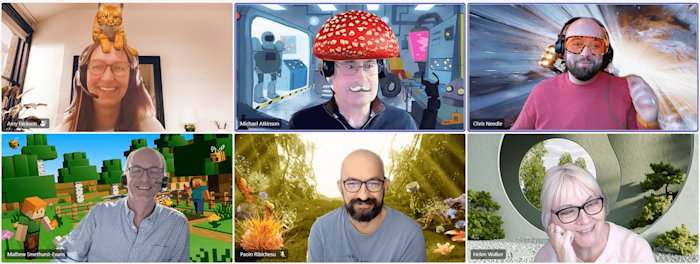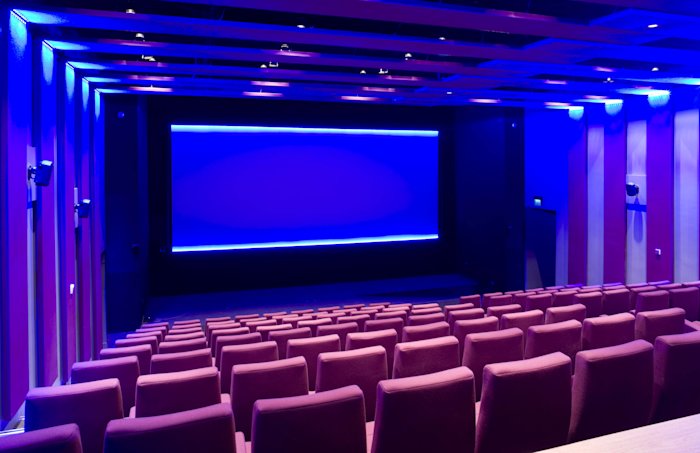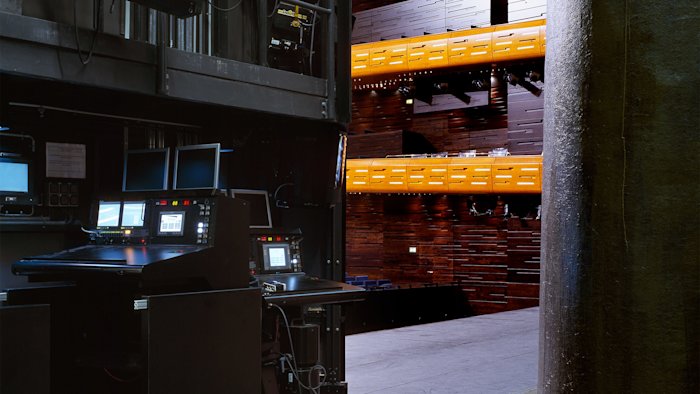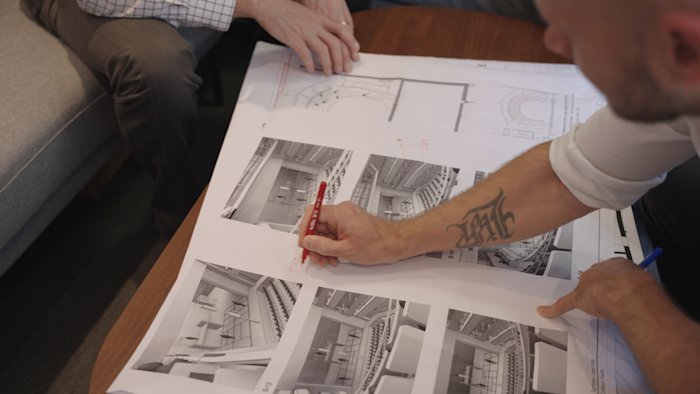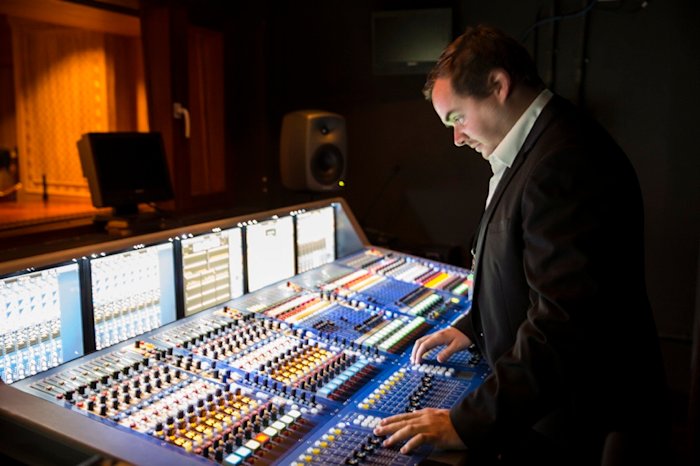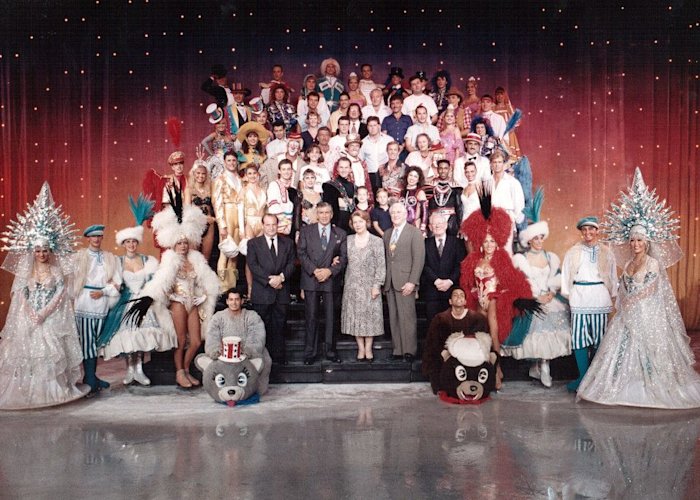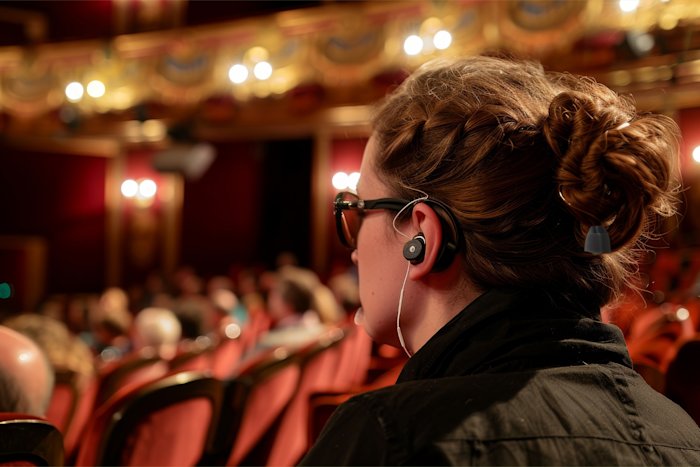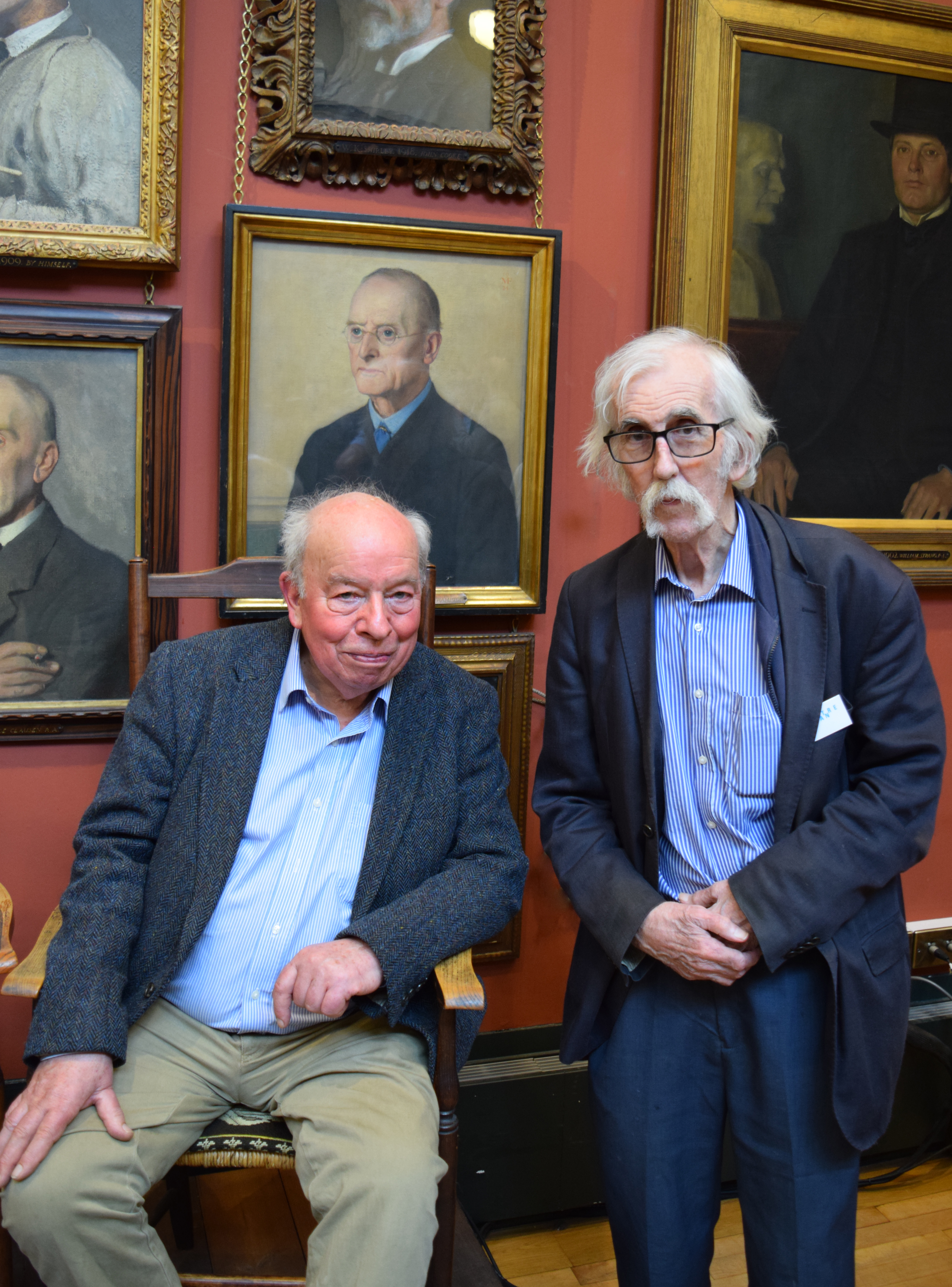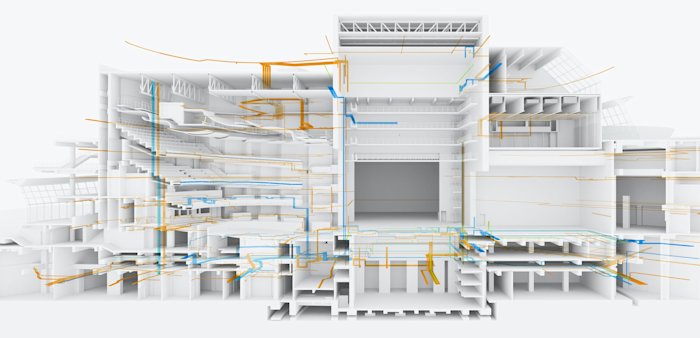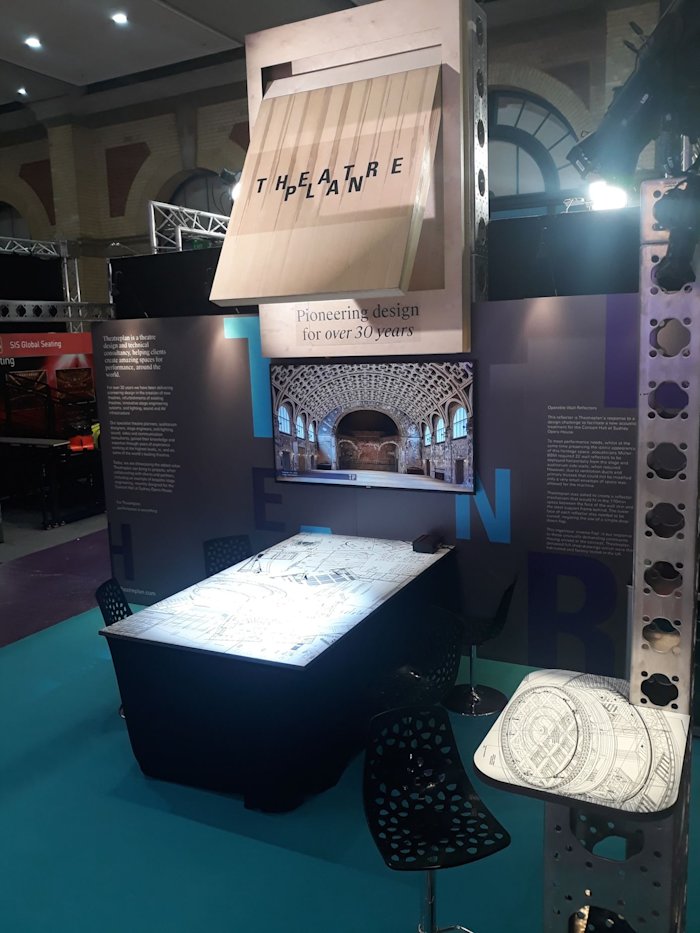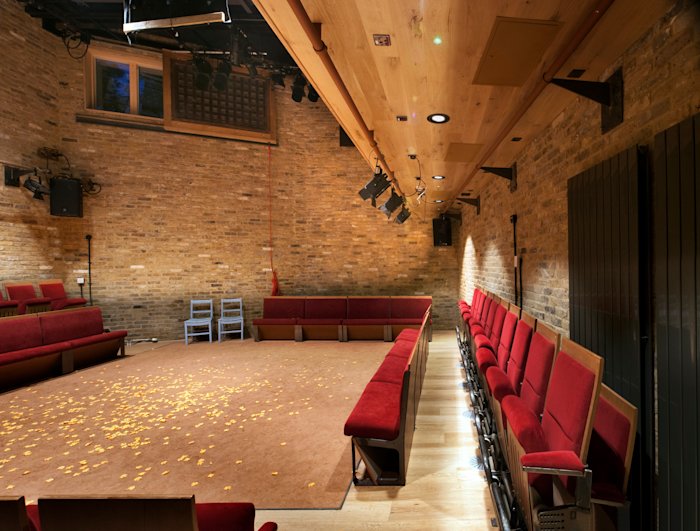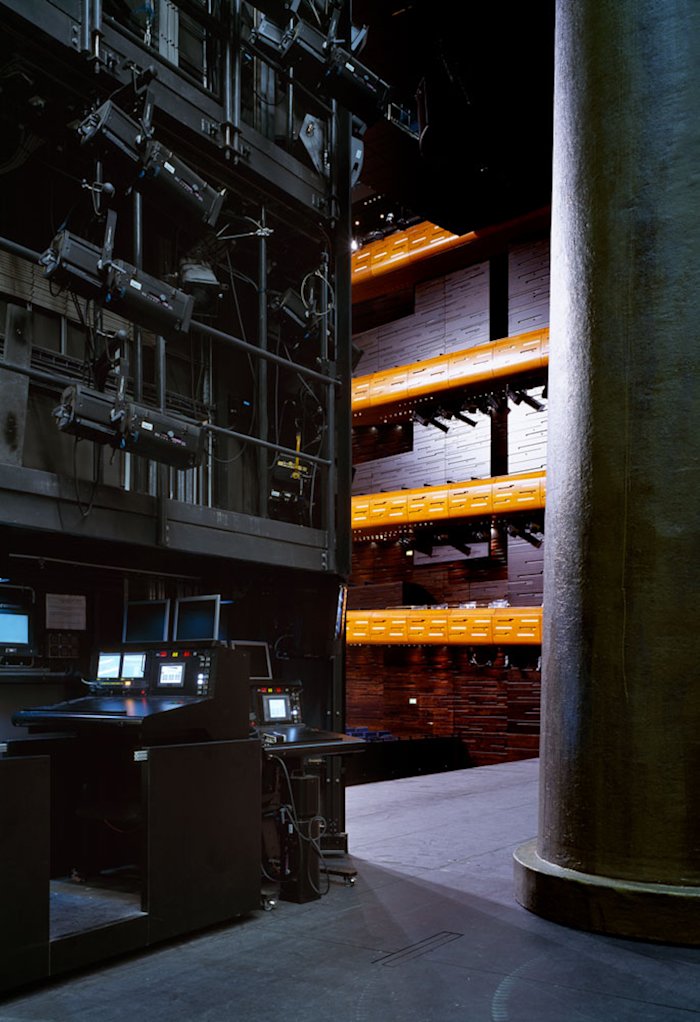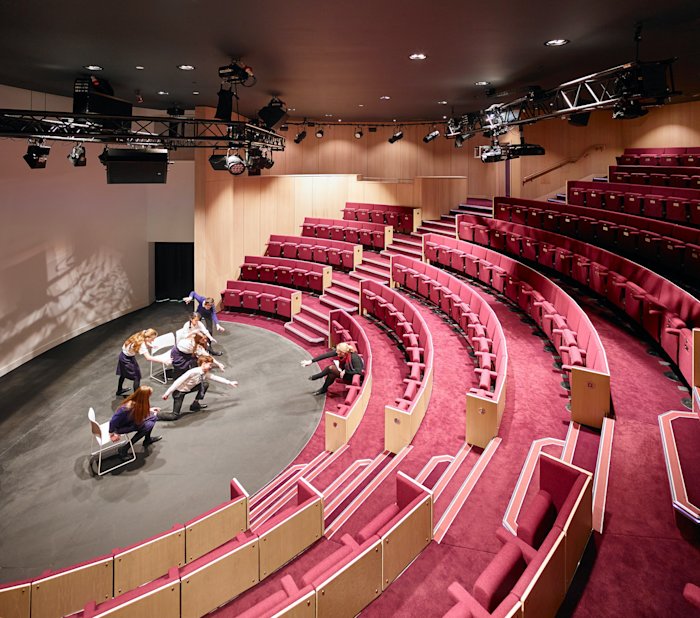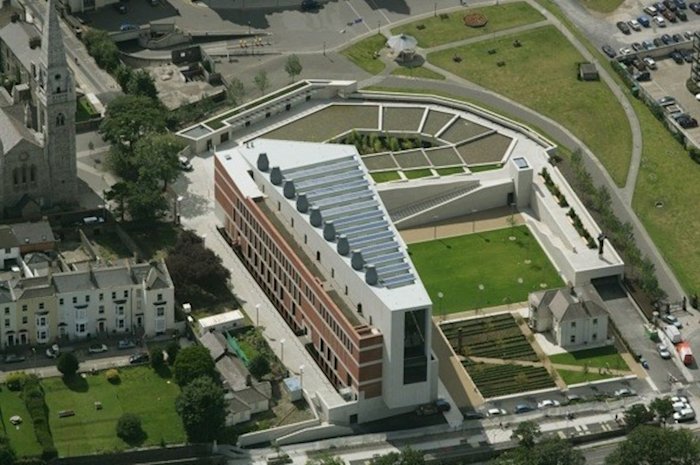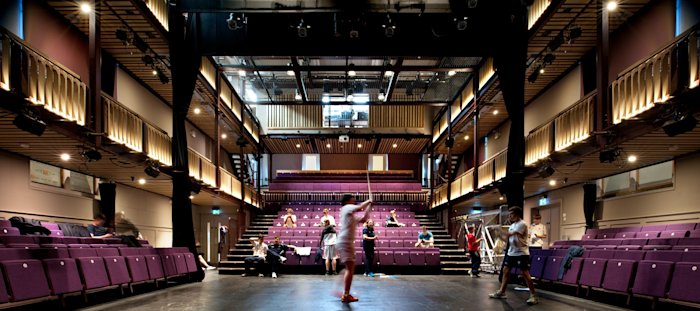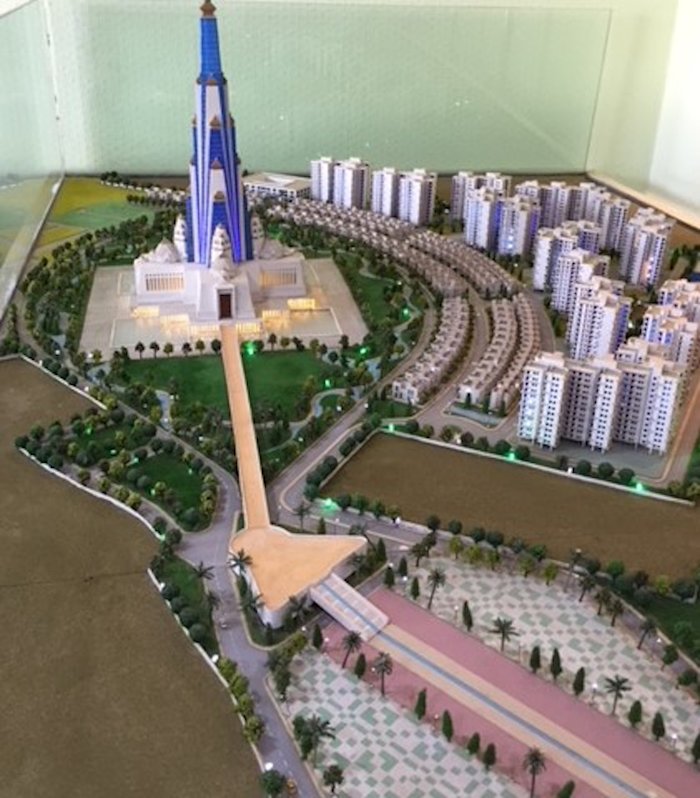Assistive Listening - Demystified
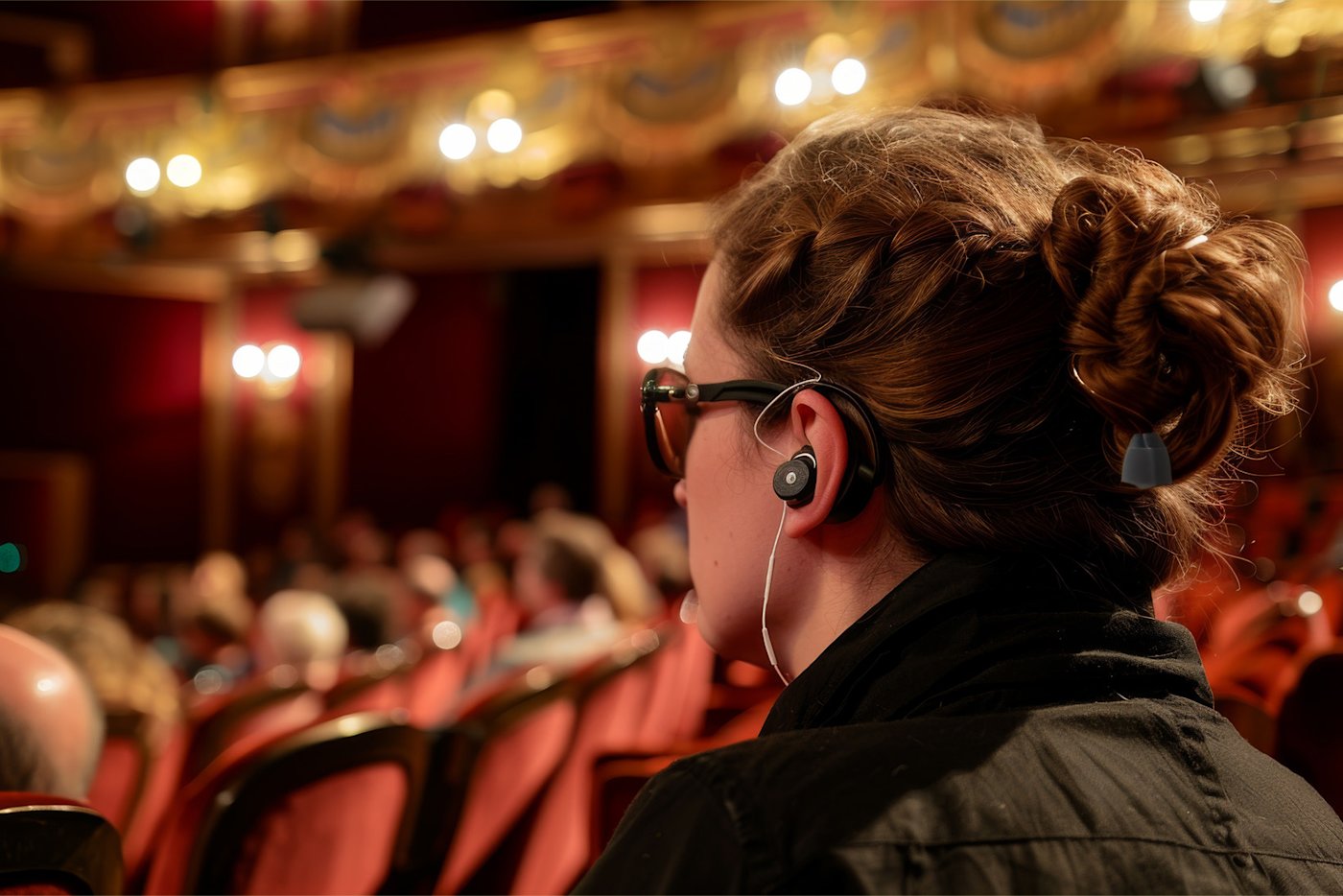
When considering what a theatre or venue might require in terms of assistive listening, the landscape can be a very confused one. Many people are familiar with induction loops, but nearly as many have had bad experiences with them in some places; infra-red systems are widely installed in the UK too but invite nearly as many negative anecdotes as induction loops. Radio-frequency systems are little seen in the UK at all; and Wi-Fi systems are seen everywhere in promotional literature but seen very little in the hands of users. Perhaps understandably, there are nearly as many opinions about assistive listening technologies as there are users of the technology, not to mention those who are charged with maintaining it! In this blog, we’ll spend a little time examining each of the options and their advantages and disadvantages, before talking about what the future of this space might be.
But other than the obvious moral case for them, why are assistive listening systems something that Theatreplan work on in every project? Well, in the UK, there are two main requirements we must comply with:
Approved Document M, part of the UK Building Regulations, volume 2 section 4.35, requires: “In order to obtain the full benefit of attending public performances or taking part in discussions, a person with impaired hearing needs to receive a signal that is amplified in both volume and signal to noise ratio. The three systems commonly used to provide this enhanced level of sound are induction loop, infrared and radio.”
The Equality Act 2010, which superseded the “DDA”, the Disability Discrimination Act, makes quite specific requirements for assistive listening. These are satisfied by British Standard BS 8300, which provides detailed guidance, and has a quasi-legal status in that it’s the most widely-recognized way to meet Equality Act requirements, and it’s also mentioned many times in Document M. BS 8300 requires that an assistive listening system covers all audience areas, and for fixed-seating auditoria, that provision is made for at least 4% of the audience capacity. For flexible spaces, this rises to at least 10%.
Induction loops are the most widespread assistive listening technology globally and have been around the longest. They work using electromagnetism – a copper loop has an amplified signal sent through it, which induces a current in a tiny coil, called a telecoil, inside a hearing aid. The principle is extremely simple, and working demonstrations can be mocked up easily with a loop of earth wire and a hi-fi amplifier. Telecoils are passive components, which means they do not drain the hearing aid battery and have historically been installed in almost all hearing aids, but this is unfortunately beginning to decline, sometimes in favour of Bluetooth chips, and sometimes with no replacement, to make the hearing aid smaller. Without a telecoil, it is not possible to use a hearing aid with an induction loop.
Induction loops have many unique advantages: perhaps most importantly, they are wonderfully subtle – no equipment needs to be loaned to users, no additional batteries or chargers are required, and there’s no additional equipment visible in a venue, so users can use them without anybody else even being aware. They are operationally simple and when left physically undisturbed, very robust and reliable. Smaller ‘counter loops’ can be installed in small areas, such as box offices, to allow users to test the system before going into the auditorium – or even installed into cafes and bars to help patrons with making food and beverage orders.
However, there are some significant disadvantages, too. Perhaps the most well-known one of these is that an induction loop’s magnetic field can be picked up by an electric guitar and causing howling or a feedback loop, so they are often completely switched off whenever electric guitars might be used in a show. Careful loop design can mitigate against this, but it will never be possible to use both in the same place (for example, a guitarist entering the audience). Loops are also expensive (typically five figures) to install, and more expensive still if not installed when other building work takes place, as they require at minimum taking up the carpet– and they can often be damaged during construction, or damaged after construction if any changes are made to the floor or carpet. Induction loops need to be very well designed to control spill outside their intended zone of effect, as well as to guarantee even coverage across an auditorium, and it is well worth spending the money and time to ensure the loop is as effectively designed as it can possibly be before the expense of installing, as any subsequent changes can be difficult to make. Induction loops are also only capable of transmitting one channel of audio, so they can only be used for one purpose at a time.
Lastly, it’s worth sparing a thought for sound engineers, who often struggle to diagnose loop problems, and can rarely do much about them even when they do, without pulling up the floor – which is rather difficult if you’re called out by a Visitor Experience team in an interval! It is worth all sound departments investing in a loop receiver such as the Ampetronic ILR3+ if they don’t already have one, which at least enables technicians to hear what users are hearing. This can also mean that loops can easily be included in sound checks, which all assistive listening technologies should be.
Infra-red systems are the next most well-established, and work on a very different principle. Infra-red floodlights are modulated at a very high frequency (typically 2-3MHz), filling the auditorium with an invisible light signal that can be picked up by battery-powered pendant-type worn receivers. These receivers can have earphones to be listened to by all kinds of users, opening up the possibility to use the system for other uses, such as audio description or simultaneous interpretation, or they can have a simple ‘neckloop’ attached, which creates a very small personal induction loop for the user to access via their hearing aid. Infra-red systems are also capable of multiple channels, enabling more than one signal to be broadcast at a time (for example, both a hard-of-hearing signal and an audio description signal, or the ‘HI’ and ‘VI’ channels of a cinema film). Infra-red systems are also very good for confidentiality and avoiding crosstalk, as their output is easily contained to a single room as its transmission is inherently only line-of-sight.
These advantages have led to many venues installing infra-red systems, but it’s also notable that there are some significant disadvantages to infra-red systems. As there is always some infra-red light present in a venue, there is significant background noise for users, and this would increase to unsustainable levels in sunlight, so infra-red systems should not be used in outdoor venues or those with large windows. As the infra-red light signal requires perfect line-of-sight between the emitter and the receiver in order to work, quite a few emitters are required in a venue to cover all the seats, meaning a lot of equipment mounted in the auditorium, and they’re sensitive to being blocked when patrons lean forwards, adjust clothing, or fold their arms. There’s also the staffing overhead of charging, maintaining and supporting the receivers, which is a bit higher when there are more channels for staff to support and when it’s so easy for users to accidentally block the signal. The audio signal itself is much lower in quality than an induction loop’s, as the infra-red system uses a subset of the audible audio frequency range.
Radio-frequency systems are little-used in the UK, but are very popular in the US, where their lower cost has stood them in good stead in larger venues, where the Americans with Disabilities Act requires an unusually high level of provision. Radio-frequency systems work in a very similar way to infra-red systems, in that a battery-powered pendant-type receiver is provided to users, with an additional neckloop if hearing aid compatibility is required. Radio-frequency systems provide excellent range, very low background noise, a full audio spectrum and have very low visual impact in an auditorium. They can be used outdoors with no problems and are capable of transmitting multiple channels.
However, radio frequency systems are not without their troubles either. It is very difficult to limit the propagation of the radio signal, so they do not work so well with multi-room venues or museums, where a user might be moving from one area to another, as rather than the signal switching to the most local transmitter that is broadcasting the right audio for the new room, an RF receiver will stay tuned to its original antenna unless the user switches it over. This also means that they are not good for confidentiality, as their propagation can’t be limited and it’s not possible to encrypt the signal. RF systems can be trickier to use and the propagation of the radio signal can be hard to predict and accurately ensure even coverage with no dropouts or interference between antennas, without expensive RF distribution. In congested RF environments such as London’s West End, it can be very difficult to ensure no interference.
Wi-Fi assistive listening systems have made a big splash in recent years. They offer venues the possibility to offer ‘bring-your-own-device’ systems that can drastically cut down on initial outlay, maintenance and on staff overheads. Instead of a pendant, users use their own smartphone (or occasionally, a stripped-back basic smartphone provided by the venue) to connect to a special Wi-Fi network that streams audio to the phone. They can then listen on their own headphones, or if they have a Bluetooth-equipped hearing aid, the smartphone can re-transmit to that. Wi-Fi systems restore some of the induction loop’s discretion, as users do not need to pick up any equipment from the venue, and they can keep their smartphone in their pocket (which is not possible with infra-red receivers). Wi-Fi systems can transmit a nearly unlimited number of channels if need be, making them good where multi-lingual streams are required.
However, Wi-Fi systems suffer from very significant latency. We have measured this at over 130ms in some cases using standard smartphones, which would cause very noticeable lip-sync delay in all but the very largest theatres and is more pronounced the closer one is to the stage. Re-transmitting to a Bluetooth hearing aid can increase this latency by another 50% on top. Wi-Fi systems also use up the battery of the smartphones, which can be a real problem for users who need these to find their way home using their smartphone, or call a taxi or friend after a performance. Many theatre-goers do not like the distracting light of others’ smartphones during a show and so in some cases Wi-Fi assistive listening system users can be told off for using their phones when in reality they are just trying to hear the show. Being connected to a Wi-Fi network can have unintended effects, too – if there is an internet connection on the Wi-Fi network, then smartphones can light up or make notification sounds as they receive messages, distracting users and their neighbours, but if there is no internet connection on the Wi-Fi network, then smartphones can sometimes automatically disconnect from the network, disconnecting the user from the assistive listening feed. The systems are also hard for Visitor Experience teams to support, as it can be hard diagnosing a problem on a stranger’s smartphone which is customized to how they like to use it. If basic smartphones are provided by a venue rather than relying on ‘bring-your-own-device’ smartphones, some of these issues are mitigated, but these come at a significant cost of around £700 per receiver, about double what a basic RF receiver costs.
So with these four options, it seems there isn’t a perfect choice. No wonder there is so much confusion! Some venues have even taken the remarkable step of offering all four technologies at once so that users can pick what suits them best.
However, in the last year, a new technology has arrived that might revolutionize the way we approach assistive listening. Bluetooth 5.2’s Low Energy Audio feature has led to the invention of Auracast, a new Bluetooth feature that is a broadcast protocol, meaning it works a little like an FM radio – a transmitter sends the audio signal, and many Bluetooth receivers receive it.
The possibilities of this technology are huge – Auracast chips have already been announced in many new televisions for example, meaning different users can tune into different audio streams, such as different commentary languages, for example – but especially in assistive listening, where Bluetooth chips have begun to replace telecoils in hearing aids. An Auracast assistive listening system would broadcast direct to the hearing aid, rather than to an intermediate device. This does run down the hearing aid’s battery, unlike a telecoil, but it’s capable of multiple channels and is fully compatible with electric guitars. It doesn’t require line of sight, it can be encrypted, and it works outdoors. It can broadcast the full audio spectrum, although most hearing aids with Bluetooth chips (at the time of writing, this is only privately available hearing aids, rather than those available on the NHS, to our knowledge) are only capable of receiving a subset of the full audio spectrum, and the audio is compressed with a technology not unlike MP3. Users of telecoil-equipped hearing aids can still access the audio signal, as Auracast-equipped pendant receivers with neckloops are just beginning to be available. Perhaps best of all, there are several brands of Bluetooth headphones and earphones that can receive Auracast directly, which means users can use these discreetly, but also that users who don’t normally use assistive listening might begin to use it, increasing the provision of Auracast systems and thus assistive listening systems. Although there is some latency with Auracast, it’s less than half the typical latency of Wi-Fi systems, which makes it suitable for all but the front rows of a venue.
Auracast is a new technology and still unproven at scale, but the potential is very exciting. We expect it to appear across the sector at all scales, from corporate AV meeting rooms to stadium systems, especially as more headphones, earphones and televisions appear with the feature.
I hope you’ve enjoyed this technical overview of the assistive listening technologies in use in venues today. We’d be very interested to hear your thoughts and experiences with the above systems, as well as any suggestions you may have for what works best in the venues you’ve used. Do you agree with our assessment? What are your hopes for the future of this sector?
29 April 2025
ContributorKit Lerman
